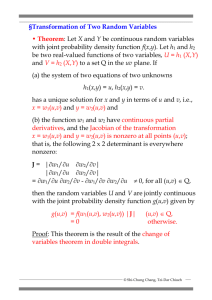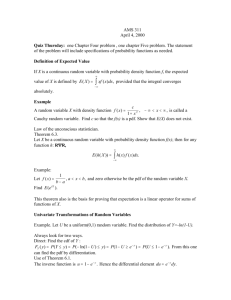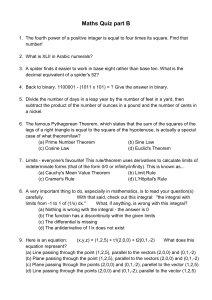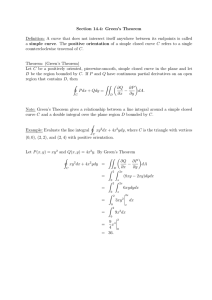10.11.2. Theorem 10.7: An Existence-Uniqueness Theorem
advertisement
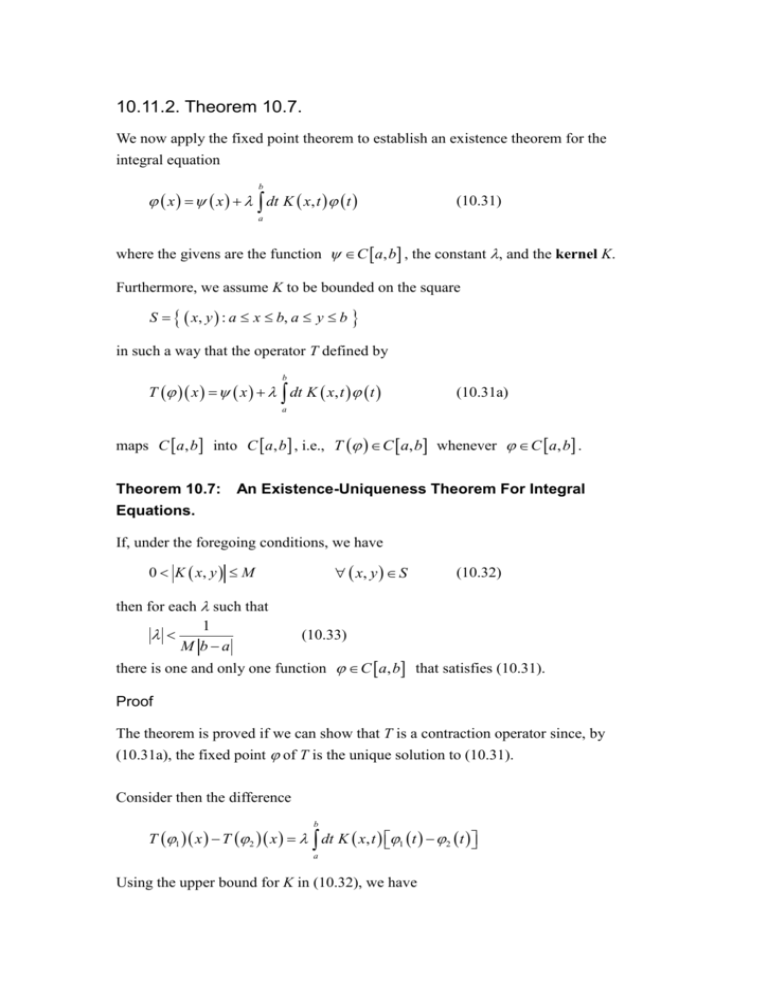
10.11.2. Theorem 10.7. We now apply the fixed point theorem to establish an existence theorem for the integral equation b x x dt K x, t t (10.31) a where the givens are the function C a, b , the constant , and the kernel K. Furthermore, we assume K to be bounded on the square S x, y : a x b, a y b in such a way that the operator T defined by b T x x dt K x, t t (10.31a) a maps C a, b into C a, b , i.e., T C a, b whenever C a, b . Theorem 10.7: Equations. An Existence-Uniqueness Theorem For Integral If, under the foregoing conditions, we have x, y S 0 K x, y M then for each such that 1 M ba (10.32) (10.33) there is one and only one function C a, b that satisfies (10.31). Proof The theorem is proved if we can show that T is a contraction operator since, by (10.31a), the fixed point of T is the unique solution to (10.31). Consider then the difference b T 1 x T 2 x dt K x, t 1 t 2 t a Using the upper bound for K in (10.32), we have T 1 x T 2 x M b a 1 2 1 2 where M b a . By (10.33), we see that 0 1 , so that T is a contraction operator. QED.







